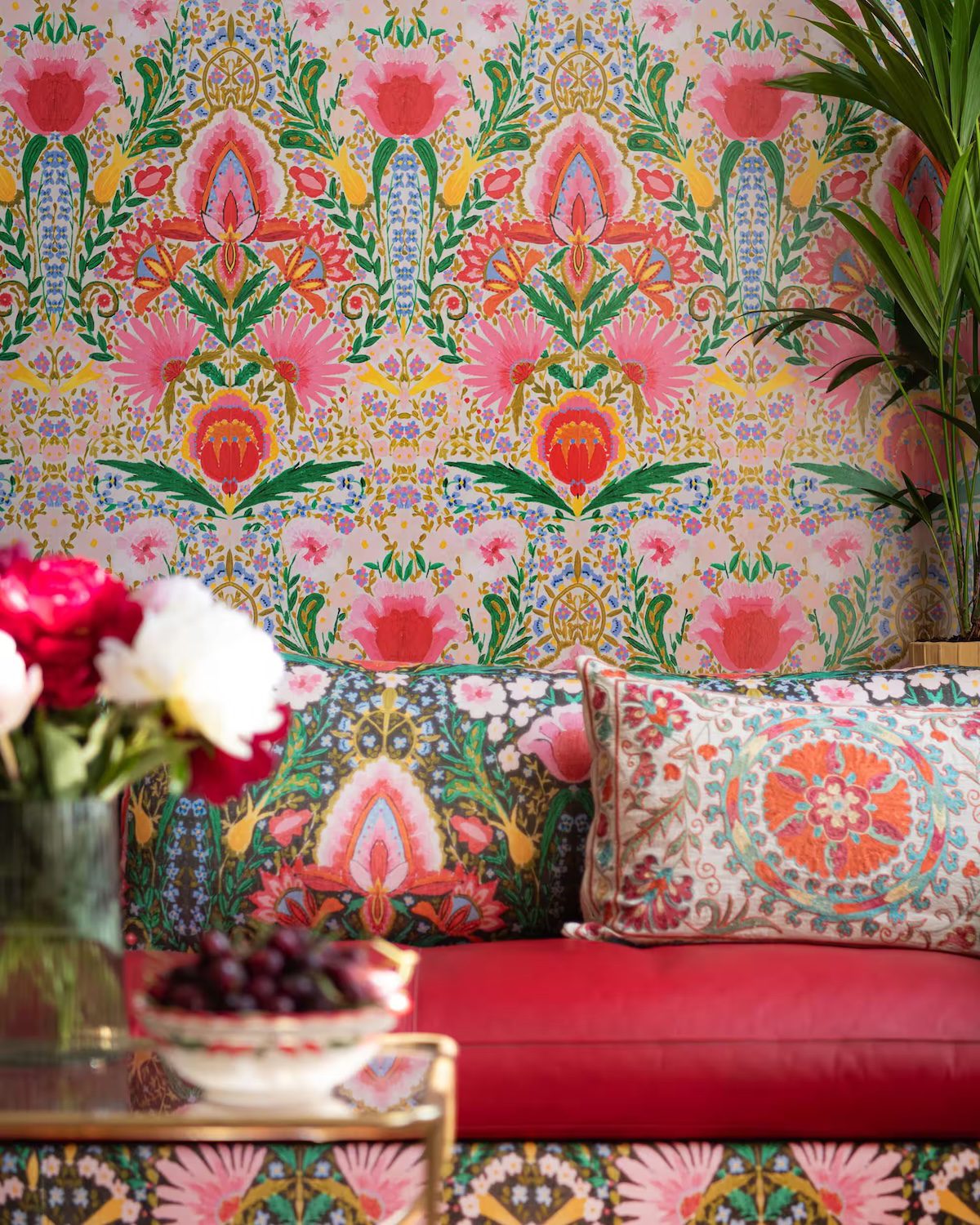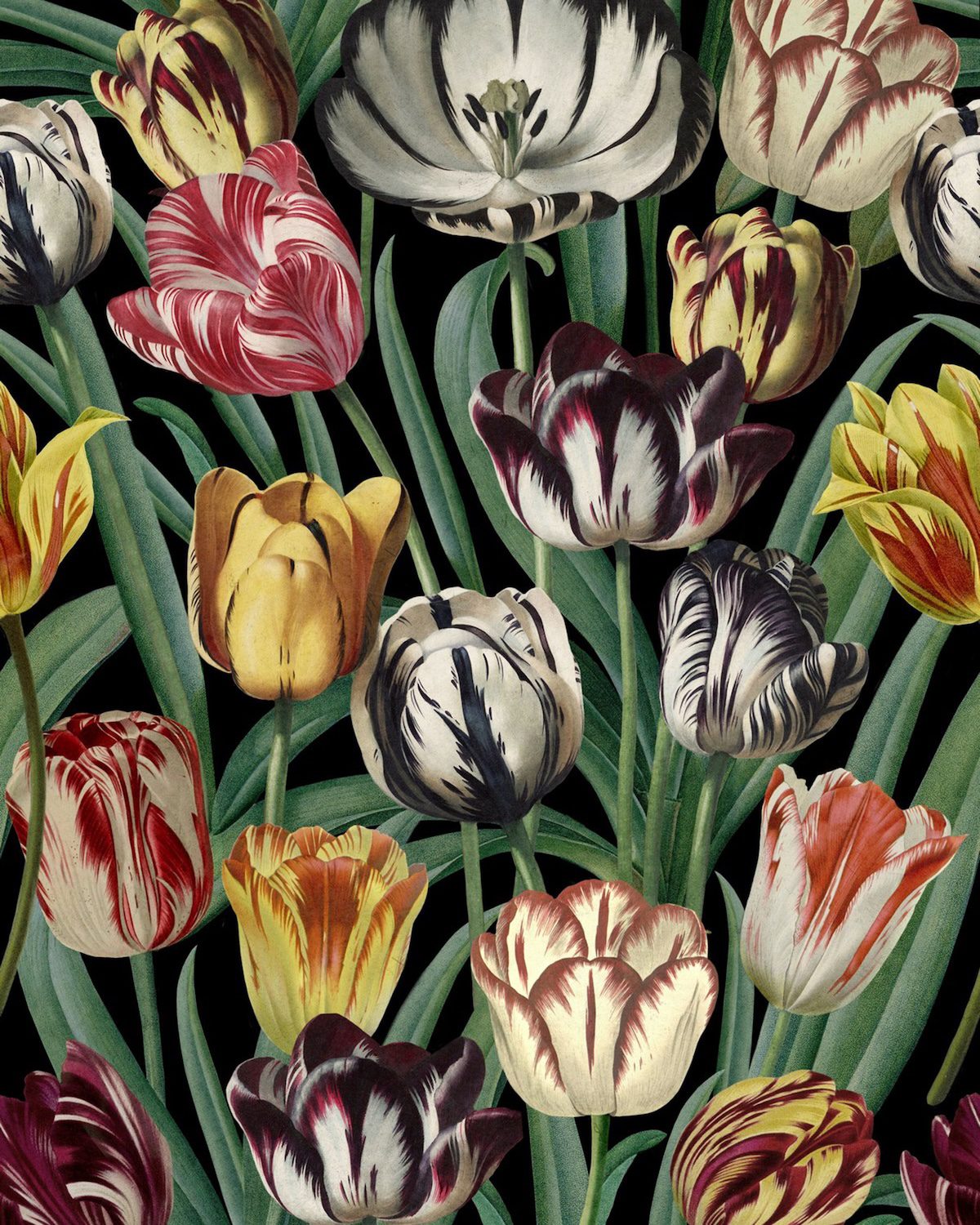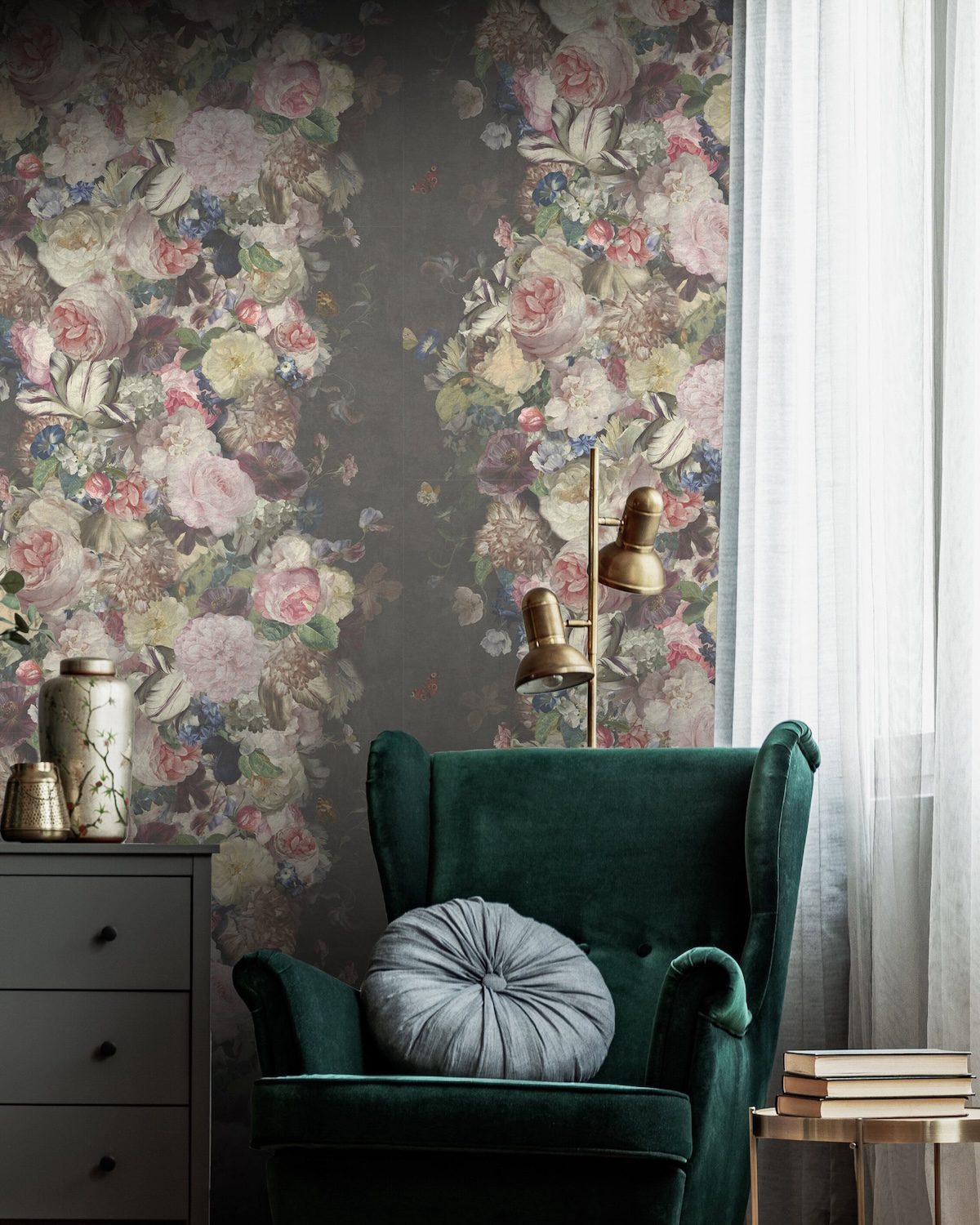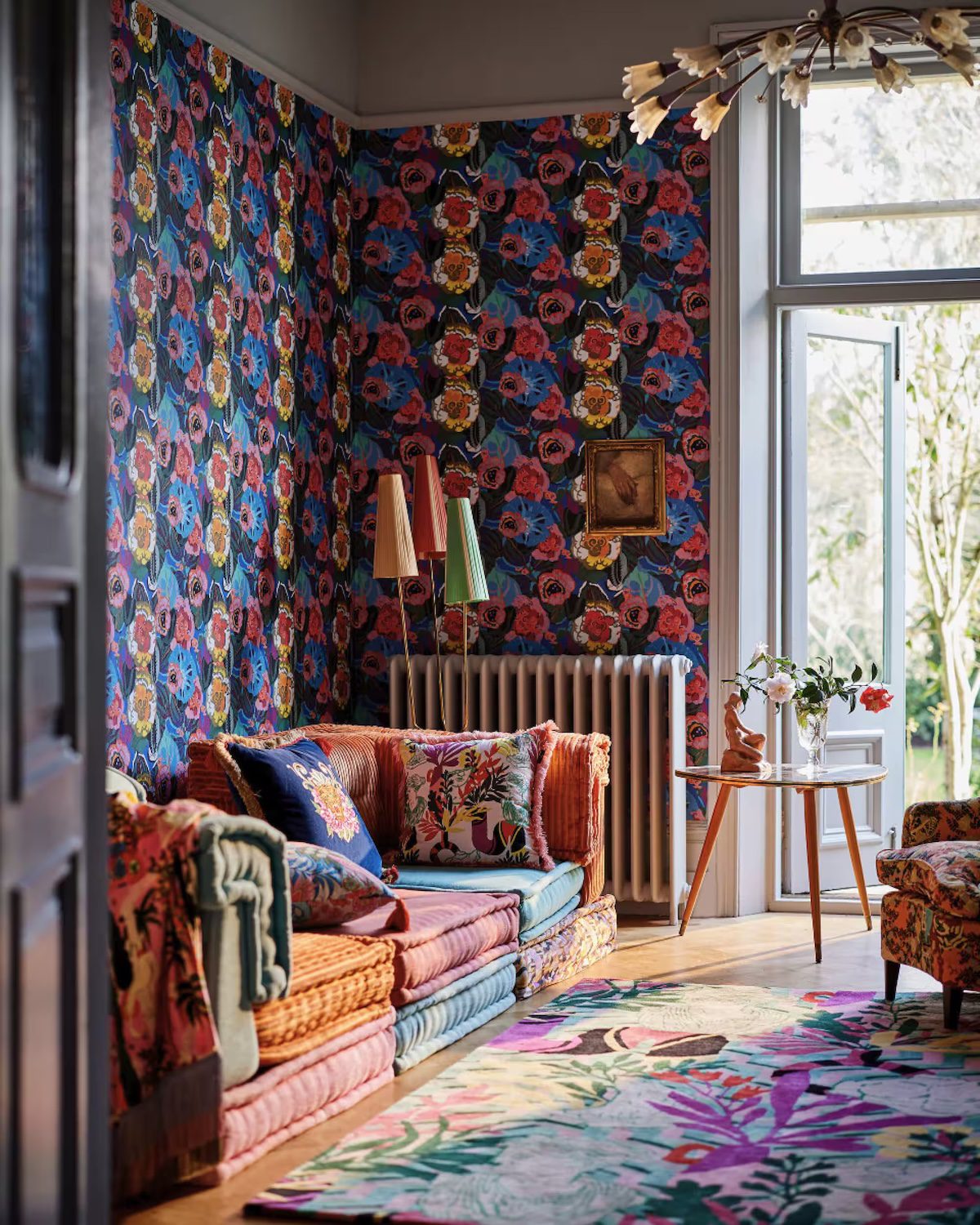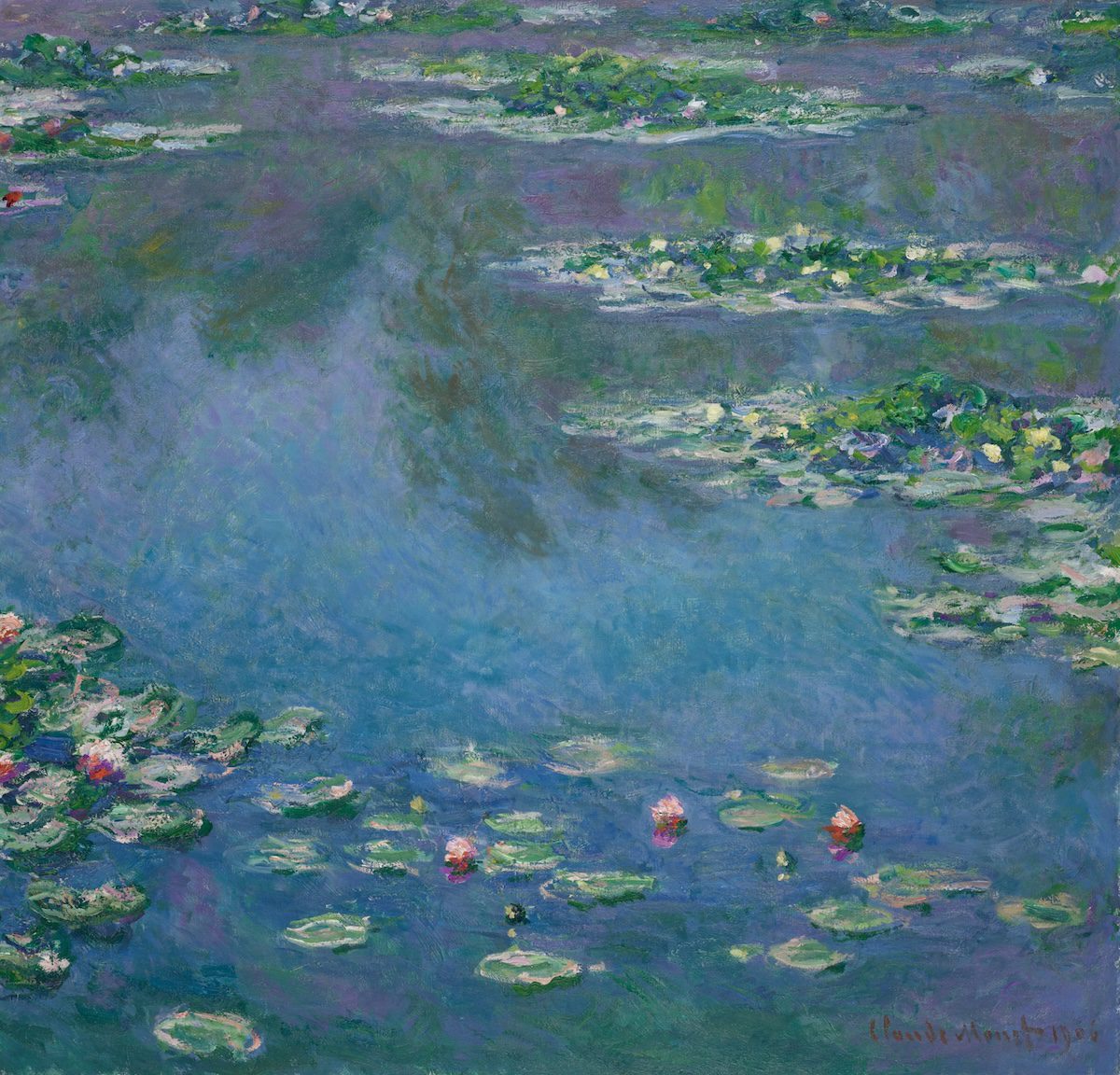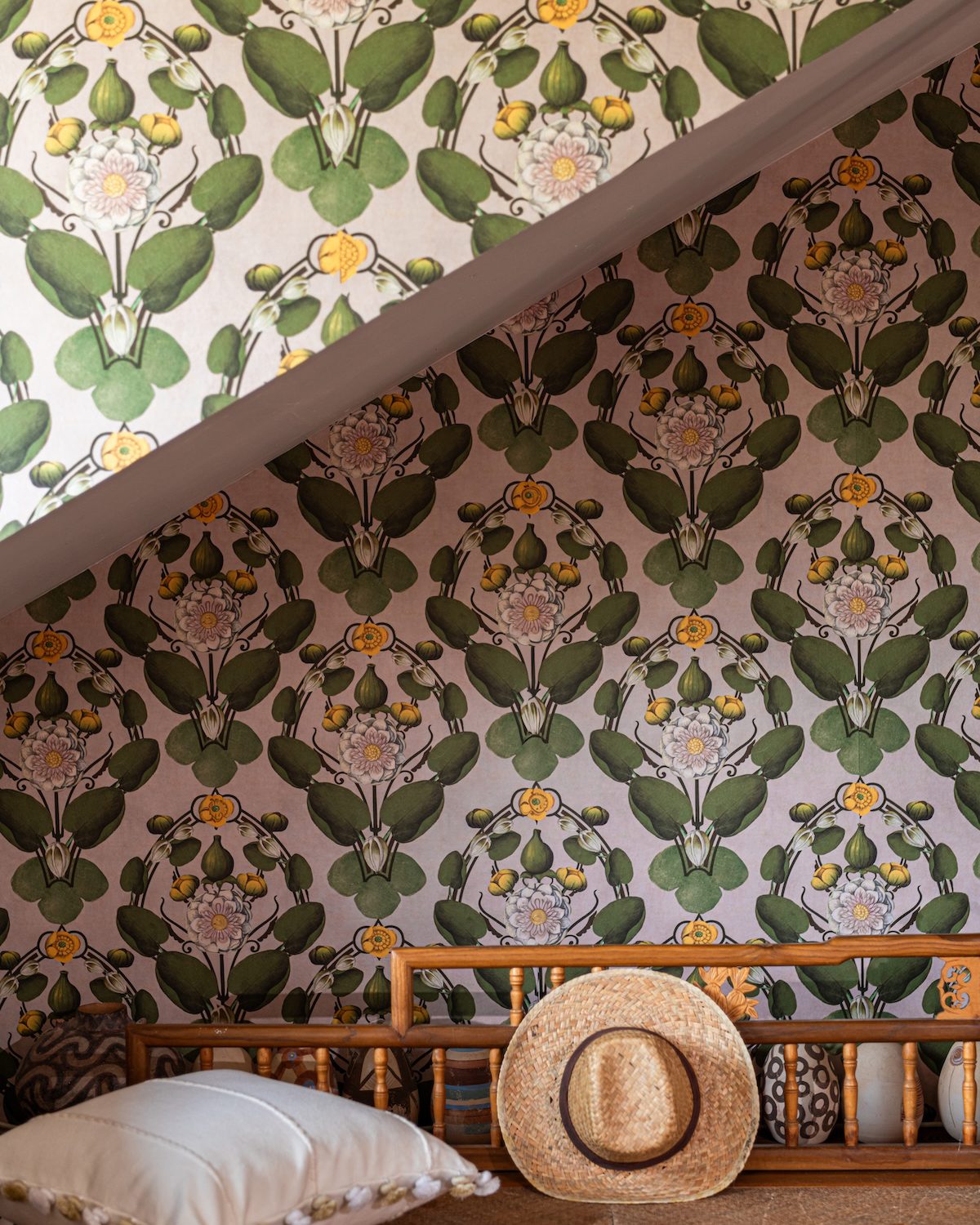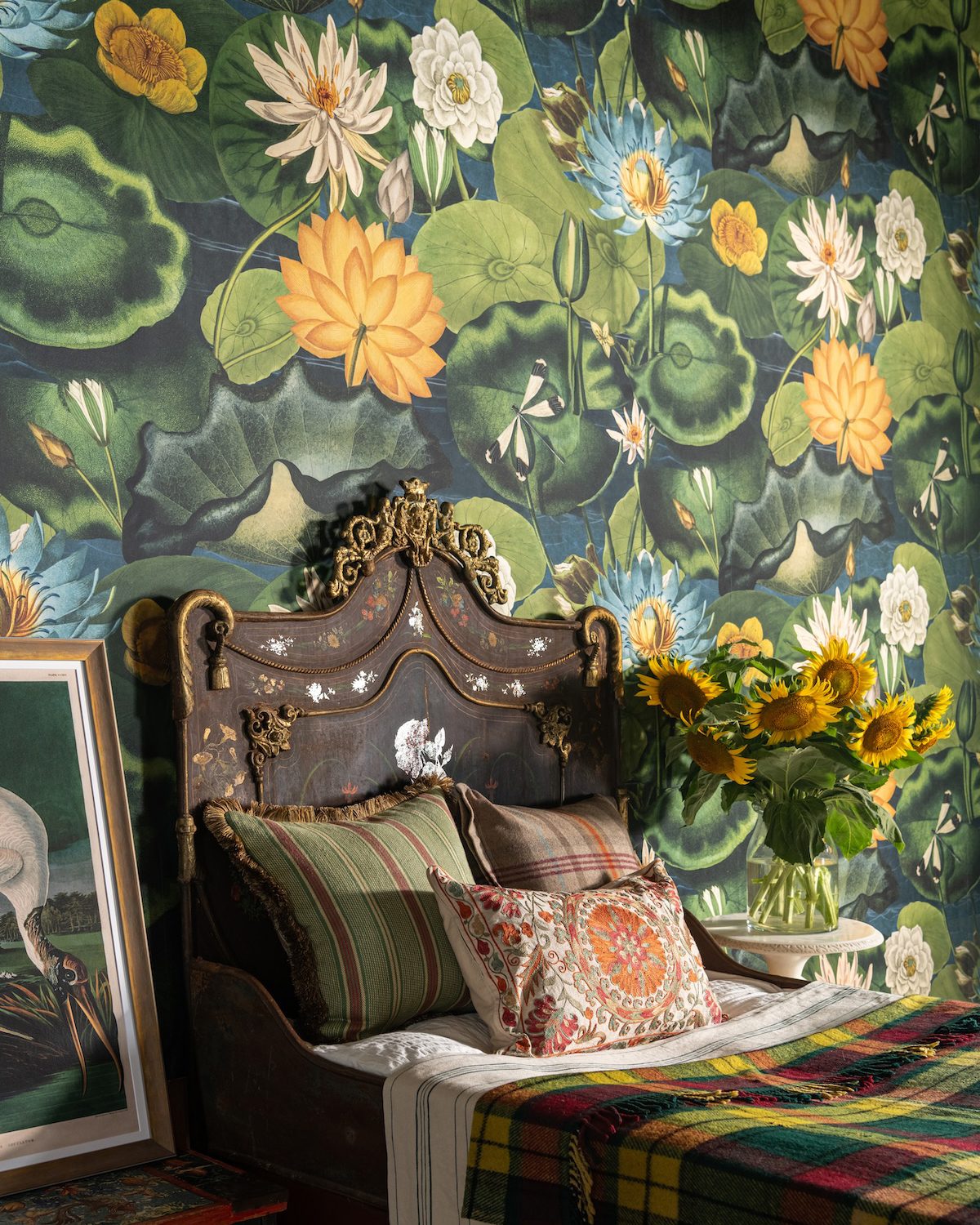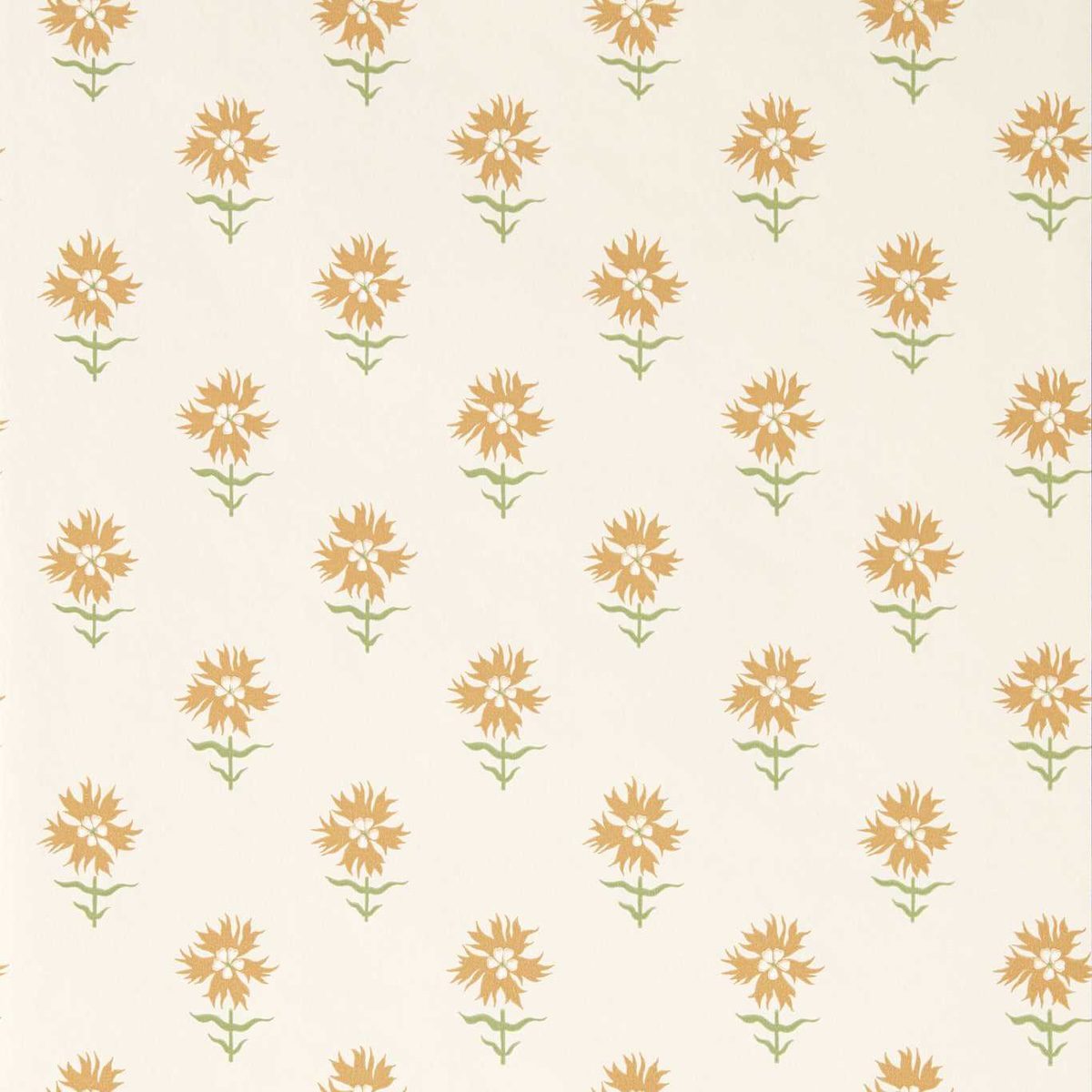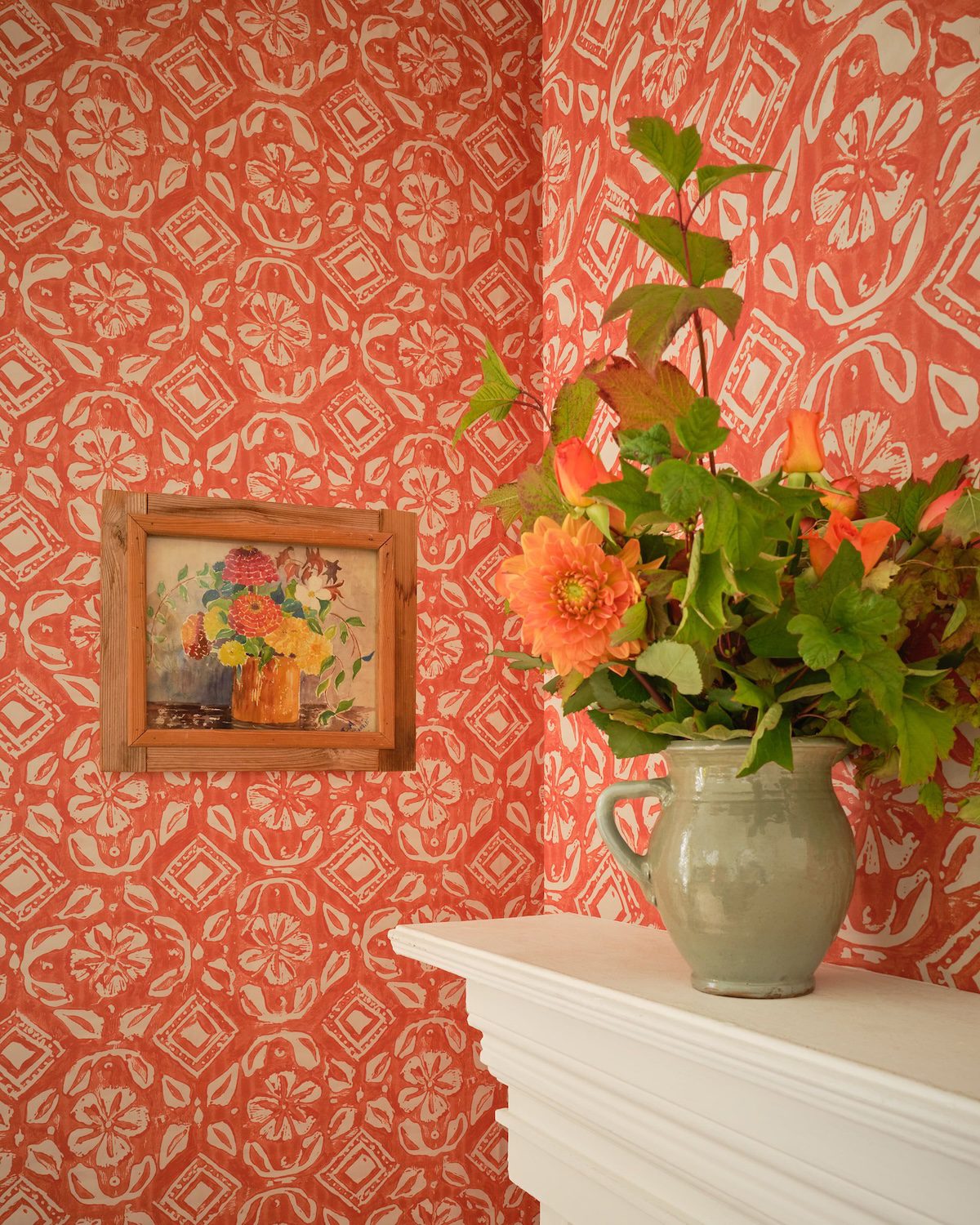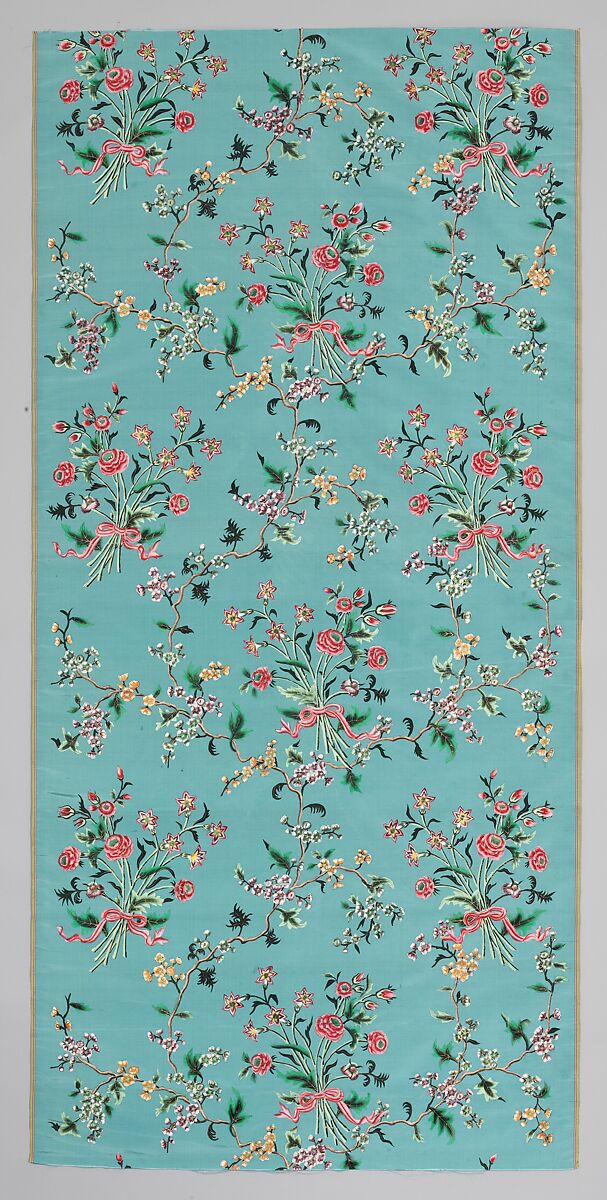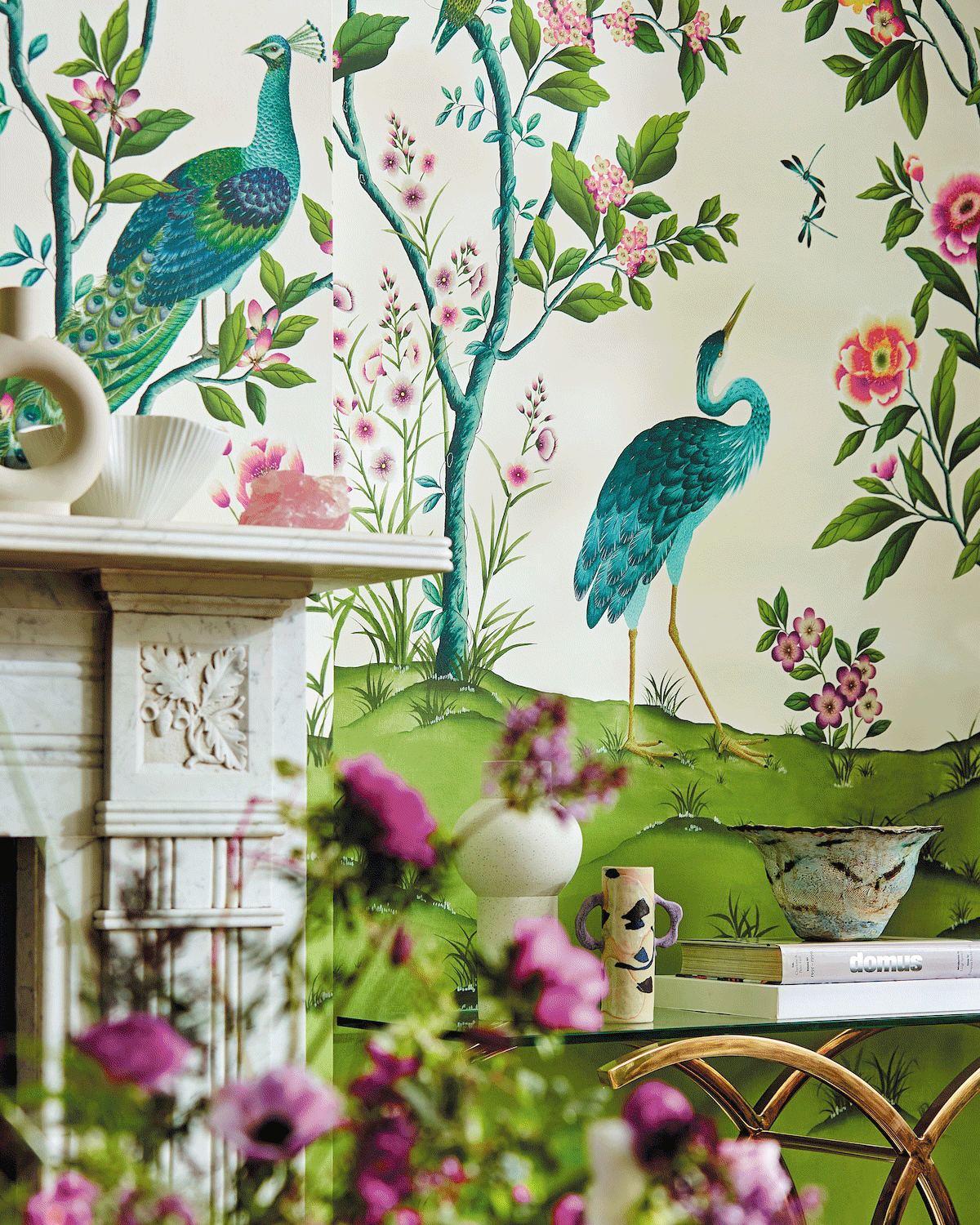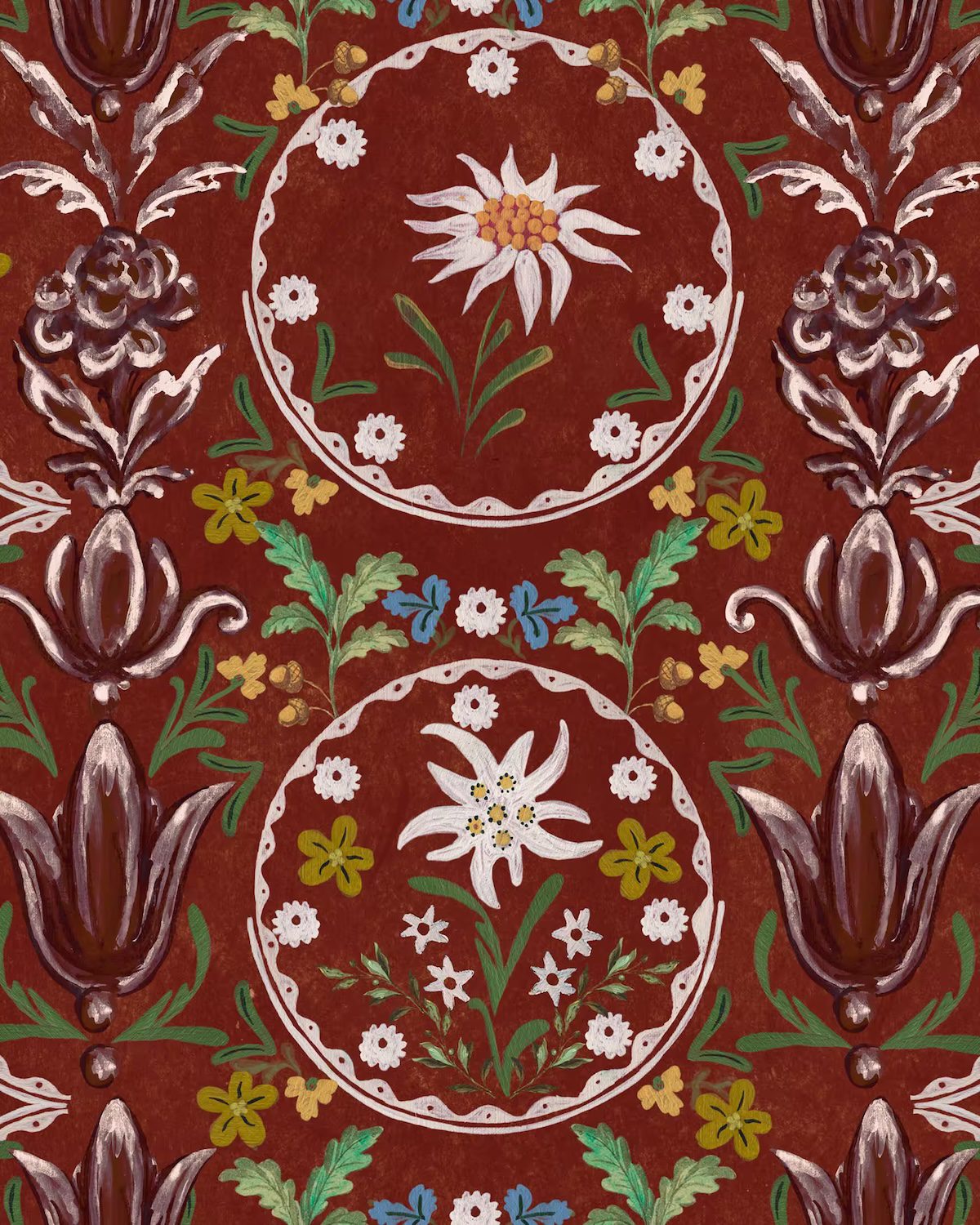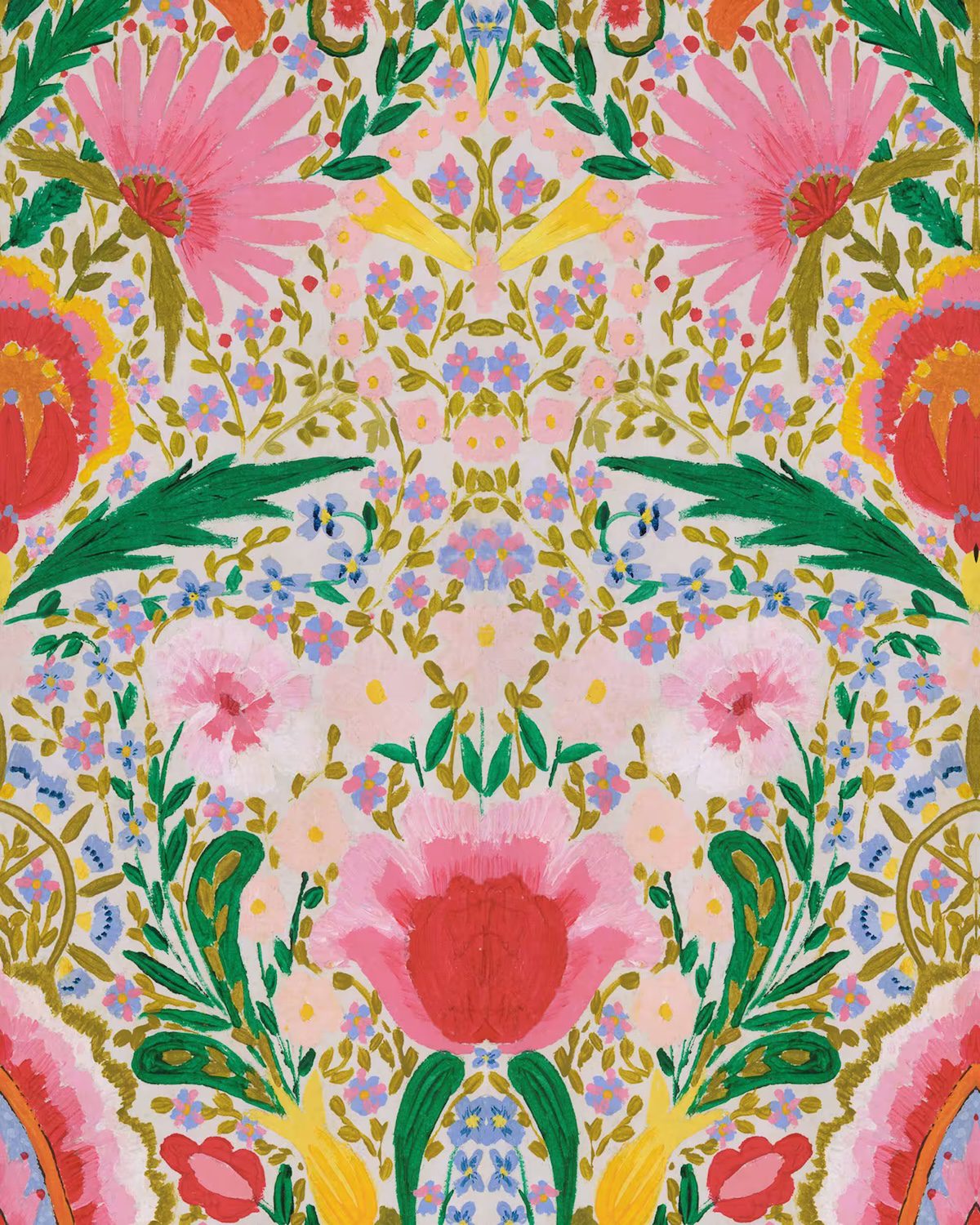Inspiration
November, 2025
The Enduring Bloom
A brief history of flowers in print.
Flowers have long stirred the imagination as symbols of beauty, transience, and joy. For centuries, artists and makers have sought to capture their spirit in pattern and cloth. Our latest story traces this enduring love affair between flowers and textiles,
a celebration of the timeless motifs that continue to bloom in today’s most beautiful interiors.
A flower is a miracle of form and fleeting beauty. A visual spectacle that awakens the eye with its delicate symmetry, vibrant colour, and quiet poise; its perfume stirring memory and emotion. Yet what makes a flower truly precious is not only its appeal to the senses, but its impermanence.
For thousands of years, humans have surrounded themselves with, and depicted, the beauty of flowers. Across time and geography, flowers appear in art, textiles, and architecture, reflecting symbolic meanings as rich and varied as the cultures that created them.
In his book A New Earth, Eckhart Tolle suggests that flowers were among the first things humans appreciated purely for their beauty, without any utilitarian purpose. “The first recognition of beauty,” he writes, “was one of the most significant events in the evolution of human consciousness.” The Japanese tea ceremony honours this idea with the chabana, a single seasonal flower placed in the tea room; guests bow to it on entering, acknowledging its quiet, spiritual presence.
The history of floral motifs in textiles is deeply woven into our shared human story. In ancient Egypt, the lotus flower symbolised rebirth and creation, appearing on temple walls and fine linen. The Nymphaea, or Egyptian water-lily, rising from the water each morning and submerging by afternoon, embodied life’s ephemeral rhythm. This quiet daily drama made this flower the beloved subject of Claude Monet, who painted water lilies frequently in the later years of his life.
From the Shang to Han dynasties in China, silk weavers embroidered lotuses, peonies, and chrysanthemums; flowers that spoke of purity, prosperity and resilience. In Mughal India, block printing and indigo dyeing gave rise to intricate floral textiles that remain touchstones of beauty and craftsmanship today.
Global trade and exploration, particularly along the Silk Road, carried these ideas and techniques to Europe. There, in the 17th and 18th centuries, chinoiserie flourished; a romantic imagining of the East, where stylised blossoms, birds and vines unfurled across wallpapers, silks, and ceramics.
Meanwhile, folk traditions across Europe expressed their own love of nature through embroidered linens, woven garlands and painted panels, echoing the wildflowers of their landscapes.
As the modern age dawned in the early twentieth century, floral design underwent its own quiet revolution. The naturalistic patterns of William Morris and Liberty gave way to the bold abstraction of Modernism, where flowers were distilled to their essential forms; rhythmic, simplified, and radiant with colour.
From the geometric blossoms of the 1920s to Marimekko’s exuberant prints of the 1950s and ’60s, florals became a language of optimism and individuality. By the time the hippie movement bloomed, the flower had transcended decoration to embody the era’s spirit of freedom, love, and cultural change. These expressive, colourful designs captured not just the beauty of nature, but the vibrant pulse of modern life itself.
For centuries, flowers have found their way into textiles, preserving their fleeting beauty. In the fabrics, wallpapers and accessories we work with today, that same impulse endures; a celebration of a bloom’s essence, bringing life and character into every room.
Contact us or visit one of our showrooms to explore more beautiful florals like these.
Alternatively, select the ‘enquire’ button below.

